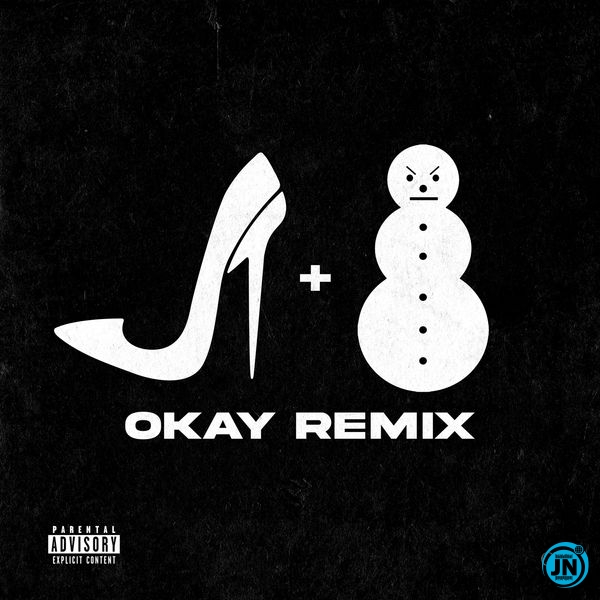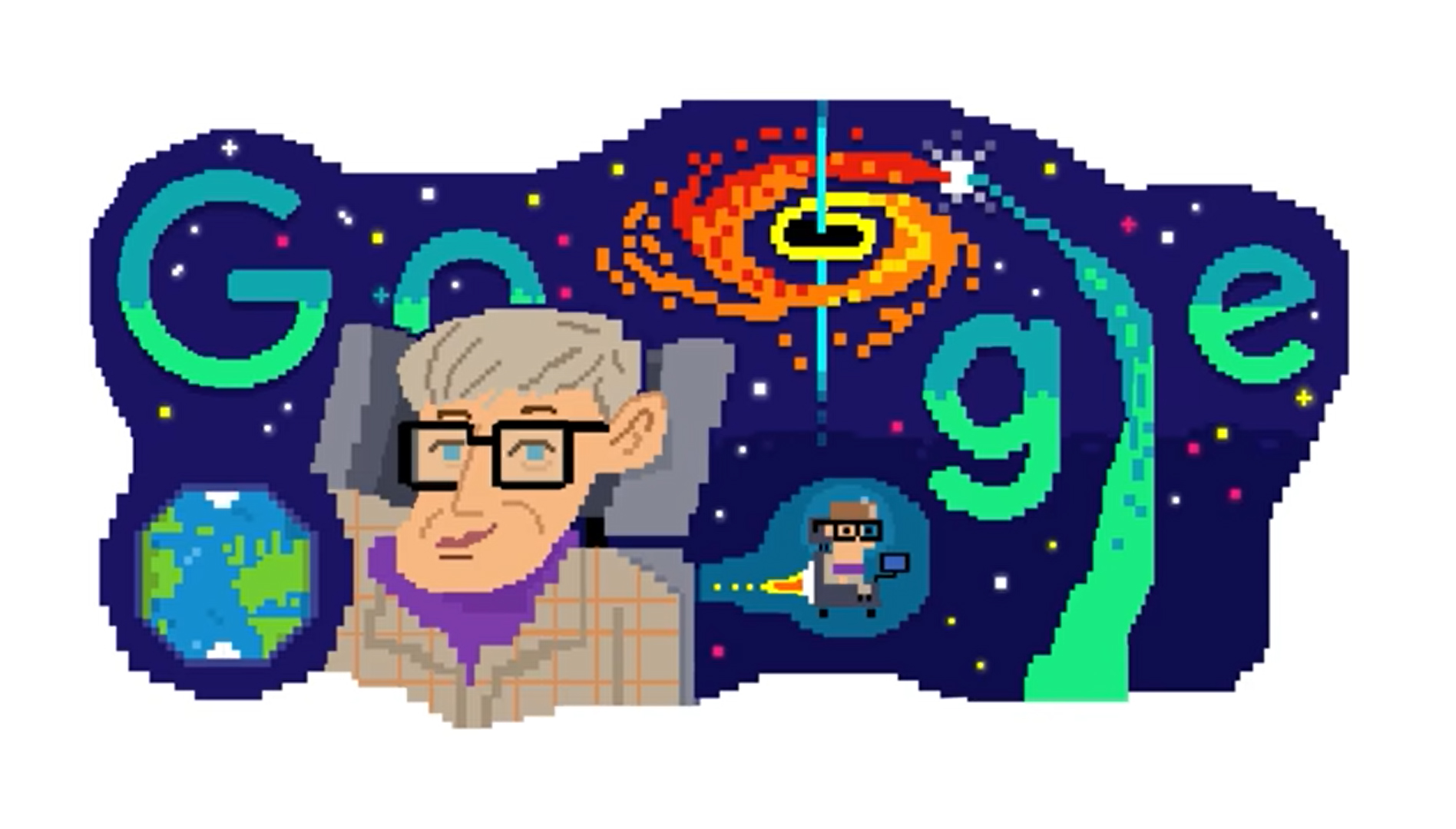Published January 27, 2023
12 min read
Six million Jews murdered. Millions more stripped of their livelihoods, their communities, their families, even their names. The horrors of the Holocaust are often expressed in numbers that convey the magnitude of Nazi Germany’s attempt to annihilate Europe’s Jews.
The Nazis and their collaborators killed millions of people whom they perceived as inferior—including Jehovah’s Witnesses, gay men, people with disabilities, Slavic and Roma people, and Communists. However, historians use the term “Holocaust”—also called the Shoah, or “disaster” in Hebrew—to apply strictly to European Jews murdered by the Nazis between 1933 and 1945.
No single statistic can capture the true terror of the systematic killing of a group of human beings—and given its enormity and brutality, the Holocaust is difficult to understand. How did a democratically elected politician incite an entire nation to genocide? Why did people allow it to happen in plain sight? And why do some still deny it ever happened?
(How genocide is defined—and why it’s so difficult to prove.)
European Jews before the Holocaust
By 1933, about nine million Jews lived across the continent and in every European nation. Some countries guaranteed Jews equality under the law, which enabled them to become part of the dominant culture. Others, especially in Eastern Europe, kept Jewish life strictly separate.
Jewish life was flourishing, yet Europe’s Jews also faced a long legacy of discrimination and scapegoating. Pogroms—violent riots in which Christians terrorized Jews—were common throughout Eastern Europe. Christians blamed Jews for the death of Jesus, fomented myths of a shadowy cabal that controlled world finances and politics, and claimed Jews brought disease and crime to their communities.
The rise of Adolf Hitler
It would take one man, Adolf Hitler, to turn centuries of casual anti-Semitism into genocide. Hitler rose to power as leader of the National Socialist German Workers’ Party, also known as the Nazi Party, in the 1920s.
Hitler harnessed a tide of discontent and unrest in Germany, which was slowly rebuilding after losing the First World War. The nation had collapsed politically and economically, and owed heavy sanctions under the Treaty of Versailles. The Nazi party blamed Jews for Germany’s troubles and promised to restore the nation to its former glory.
(How the Treaty of Versailles ended WWI—and started WWII.)
Hitler was democratically elected to the German parliament in 1933, where he was soon appointed as chancellor, the nation’s second-highest position. Less than a year later, Germany’s president died, and Hitler seized absolute control of the country.
The early Nazi regime
Immediately after coming to power, the Nazis promulgated a variety of laws aimed at excluding Jews from German life—defining Judaism in racial rather than religious terms. Beginning with an act barring Jews from civil service, they culminated in laws forbidding Jews from German citizenship and intermarriage with non-Jews.
These were not just domestic affairs: Hitler wanted to expand his regime and, in 1939, Germany invaded Poland. It marked the beginning of the Second World War—and the expansion of the Nazis’ anti-Jewish policies.
German officials swiftly forced hundreds of thousands of Polish Jews into crowded ghettoes, and with the help of locals and the German military, specially trained forces called the operational groupsbegan systematically shooting Jews and other people the regime deemed undesirable. In just nine months, these mobile murder units shot more than half a million people in a “Holocaust by bullets” that would continue throughout the war.
But Hitler and his Nazi officials were not content with discriminatory laws or mass shootings. By 1942, they agreed to pursue a “final solution” to the existence of European Jews: They would send the continent’s remaining 11 million Jews east to death camps where they would be forced into labor and ultimately killed.
Genocide in plain sight
By characterizing their actions as the “evacuation” of Jews from territories that rightfully belonged to non-Jewish Germans, the Nazi operation took place in plain sight. Though thousands of non-Jews rescued, hid, or otherwise helped those targeted by the Holocaust, many others stood by indifferently or collaborated with the Nazis.
(Learn about Anne Frank’s life in hiding—and why her legacy is still fought over.)
With the help of local officials and sympathetic civilians, the Nazis rounded up Jews, stripped them of their personal possessions, and imprisoned them in more than 44,000 concentration camps and other incarceration sites across Europe. Non-Jews were encouraged to betray their Jewish neighbors and move into the homes and businesses they left behind.
Dachauwhich opened near Munich in 1933, was the first concentration camp. Five others—Auschwitz-Birkenau, Chelmno, Belzec, Sobibor, and Treblinka—were designated as killing centers, where most Jews were immediately murdered upon arrival.
The killings took place in assembly-line fashion: Mass transports of Jews were unloaded from train cars and “selected” into groups based on sex, age, and perceived fitness. Those selected for murder were taken to holding areas where they were told to set aside their possessions and undress for “disinfection” or showers.
In reality, they were herded into specially designed killing chambers into which officials pumped lethal carbon monoxide gas or a hydrogen cyanide pesticide called Zyklon B that poisoned its victims within minutes.
The earliest Holocaust victims were buried in mass graves. Later, in a bid to keep the killings a secret, corpses were burned in large crematoria. Some Jews were forced to participate in the killings, and then were themselves executed to maintain secrecy. The victims’ clothing, tooth fillings, possessions, and even hair was stolen by the Nazis.
Life in the camps
Those not chosen for death were ritually humiliated and forced to live in squalid conditions. Many were tattooed with identification numbers and shorn of their hair. Starvation, overcrowding, overwork, and a lack of sanitation led to rampant disease and mass death in these facilities. Torture tactics and brutal medical experiments made the camps a horror beyond description.
“It is not possible to sink lower than this; no human condition is more miserable than this, nor could it conceivably be so,” wrote Auschwitz survivor Primo Levi in his 1947 memoir. “Nothing belongs to us any more…if we speak, they will not listen to us, and if they listen, they will not understand. They will even take away our name.”
(The first transport to Auschwitz brought 999 young women. This is their story.)
But despite almost inconceivable hardships, some managed to resist. “Our aim was to defy Hitler, to do everything we [could] to live,” recalled Majdanek and Auschwitz survivor Helen K. in a 1985 oral history. “He [wanted] us to die, and we didn’t want to oblige him.”
Jews resisted the Holocaust in a variety of ways, from going into hiding to sabotaging camp operations or participating in armed uprisings in ghettoes and concentration camps. Other forms of resistance were quieter, like stealing food, conducting forbidden religious services, or simply attempting to maintain a sense of dignity.
The aftermath of the Holocaust
As World War II drew to a close in 1944 and 1945, the Nazis attempted to cover up their crimes, burning documents, dismantling death camp sites, and forcing their remaining prisoners on brutal death marches to escape the advancing Allies.
They didn’t succeed: As they liberated swaths of Europe, Allied troops entered camps piled high with corpses and filled, in some cases, with starving, sick victims. The evidence collected in these camps would become the basis of the Nuremberg Trialsthe first-ever international war crimes tribunal.
In the war’s aftermath, the toll of the Holocaust slowly became clear. Just one out of every three European Jews survived, and though estimates vary, historians believe at least six million Jews were murdered. Among them were an estimated 1.3 million massacred by the Einsatzgruppen; approximately a million were murdered at Auschwitz-Birkenau alone.
Many survivors had nowhere to go. Poland had Europe’s largest Jewish population before the war, but lost 93 percent of that population in just five years. Entire villages and communities were wiped out and families scattered across Europe. Labeled “displaced persons,” survivors attempted to rebuild their lives. Many left Europe for good, emigrating to Israel, the United States, or elsewhere.
Holocaust denial
Despite the enormity of evidence, some people sowed misinformation about the Holocaust, while others denied it happened at all. Holocaust denial persists to this day, even though it is considered a form of antisemitism and is banned in a variety of countries.
How to counter the hate? “Educating about the history of the genocide of the Jewish people and other Nazi crimes offers a robust defence against denial and distortion,” concluded the authors a of a 2021 United Nations report on Holocaust denial.
Though the number of Holocaust survivors has dwindled, their testimonies offer crucial evidence of the Holocaust’s horrors.
“The voices of the victims—their lack of understanding, their despair, their powerful eloquence or their helpless clumsiness—these can shake our well-protected representation of events,” said Saul Friedländer, a historian who survived the Holocaust and whose parents were murdered at Auschwitz, in a 2007 interview with Dissent Magazine. “They can stop us in our tracks. They can restore our initial sense of disbelief, before knowledge rushes in to smother it.”
Note: This article have been indexed to our site. We do not claim legitimacy, ownership or copyright of any of the content above. To see the article at original source Click Here













